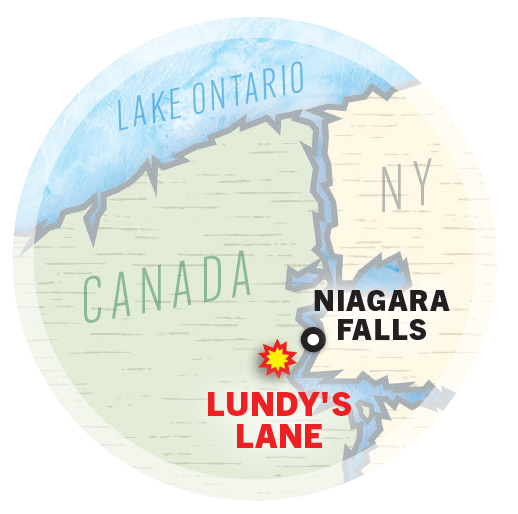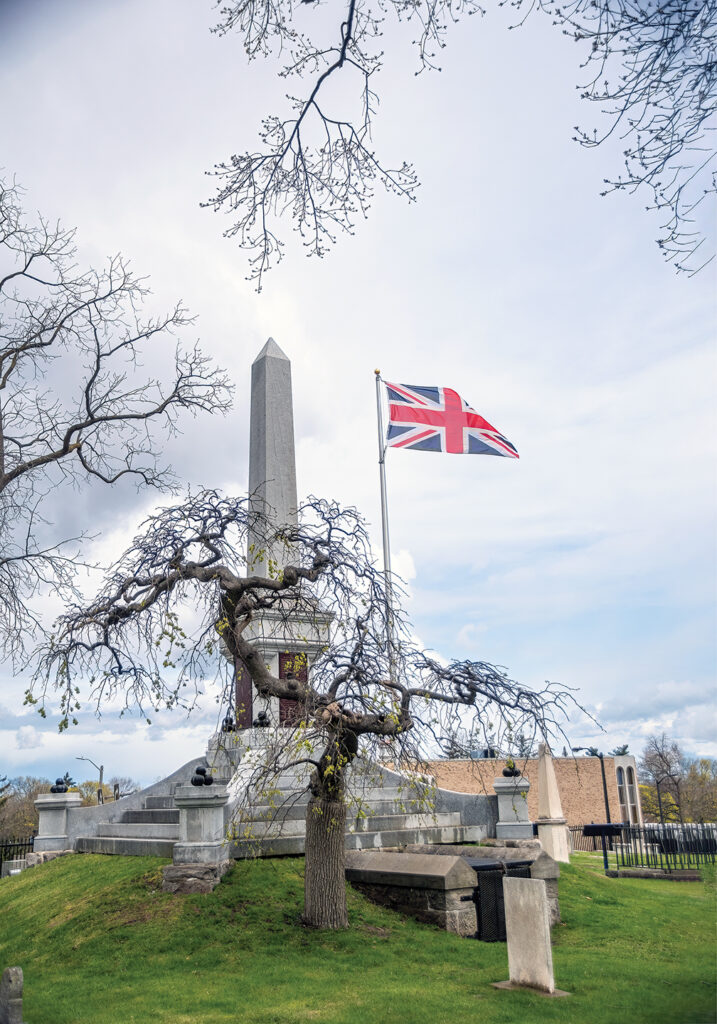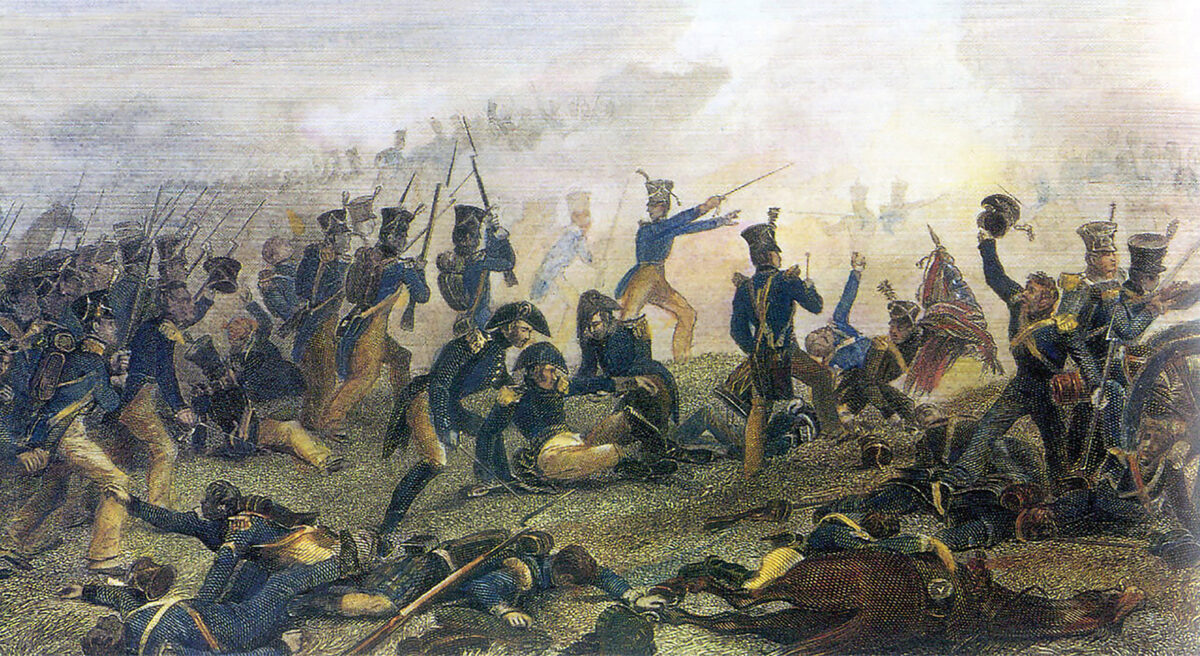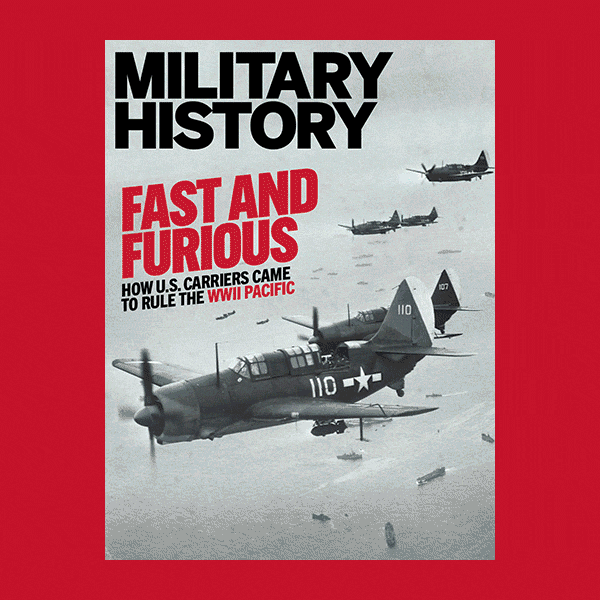
The War of 1812 was a hard-fought oddity that formally ended as a tie on Christmas Eve 1814, despite Andrew Jackson’s decisive, reputation-making victory 15 days later at New Orleans. The war witnessed the humiliating burning of Washington by the British, as well as the near miraculous salvation of Baltimore, memorialized in the verses of Francis Scott Key’s “Star-Spangled Banner,” the United States’ future national anthem. But the war’s most sustained fighting played out in three successive, highly contested and largely overshadowed campaigns along the U.S.-Canadian border and major waterways, including the Great Lakes—from Detroit in the west to Plattsburgh, on Lake Champlain, in the east.
A tempting target for the land-hungry new republic, British North America (largely comprising the present-day Canadian provinces of Ontario and Quebec) was the subject of repeated American invasion attempts, the last being the 1814 Niagara campaign. Scarcely a half century earlier the British themselves had invaded north to pluck the region from the French. This latest U.S. attempt to supplant the British was largely decided by the outcome of the Battle of Lundy’s Lane, fought that July 25 near that iconic North American cataract Niagara Falls.
The capture of British North America would represent a powerful bargaining chip in the ongoing war, thus on July 3, 1814, the Americans again invaded, crossing the Niagara River between Lakes Erie and Ontario. After initial successes at Fort Erie and the Battle of Chippawa, American Maj. Gen. Jacob Brown bivouacked his nearly 2,800 men with eight cannons at Queenston, just downstream of the falls, before withdrawing upstream on July 24 to Chippawa to consolidate his forces and supply line. Meanwhile, British Maj. Gen. Phineas Riall, with a mixed force of about 2,200 British and 850 Canadian Regulars supported by 500 or more militia and Indian allies, advanced along Lundy’s Lane, a portage road crossing the farm of the namesake refugee Loyalist from Pennsylvania. It afforded an excellent tactical position, skirting a rise with commanding views and flanked on the east by the river. Riall led from the center of his line, where he deployed his ordnance—two 24-pounders, two 6-pounders and one 5.5-inch howitzer, plus 12-pounder Congreve rockets of the Royal Marines.
The next morning, July 25, Lt. Gen. Gordon Drummond, the lieutenant governor of Upper Canada, arrived to take command of British and Canadian forces. Meanwhile, Brown again advanced north. Riall ordered a withdrawal, but Drummond countermanded his order. Around 6 p.m. the American vanguard arrived on the field, and Brig. Gen. Winfield Scott immediately sent his Regulars against the British center. Though Riall’s artillery gave them a beating, one of Scott’s regiments managed to flank the British left, forcing a retreat and capturing Riall, who’d been wounded. Drummond realigned his troops to meet the threat, but he left his artillery exposed. Though dusk was approaching and Scott had suffered heavy casualties, Brown pressed the attack with the recently arrived main force of two brigades. With the British distracted by action on their right, the Americans captured the British guns and drove the enemy off the rise. Farther down the line Brown’s men also forced back the British and Canadian forces.

As the Americans consolidated the high ground and brought up their own artillery, Drummond—who, like Riall, had been wounded—resolved to recapture his guns. Fresh frontal assaults against the position were repelled with heavy losses on both sides. In the dark and confusion Scott led a charge against the British center, taking heavy fire and being himself wounded. Fighting lasted well into the night, but eventually the badly mauled opponents broke off. By then Brown, too, had been wounded. With water and ammunition running low, he ordered a withdrawal uncontested by the exhausted enemy.
Though tactically a draw, the battle represented a British strategic victory, as Brown withdrew across the border, ending the American invasion of Canada. It cost the British and Canadians 84 killed, 559 wounded, 169 captured and 55 missing, while the Americans tallied 171 killed, 572 wounded and 117 missing or captured. Brown and Scott recovered from their wounds, each in turn becoming the commanding general of the U.S. Army, the latter distinguishing himself in the Mexican War in 1847 and originating the famed Anaconda Plan to strangle the Confederacy in 1861. Drummond and Riall also recovered, ultimately departing for Britain and the Caribbean, respectively. The war itself ended largely status quo, while the three participant nations engaged in no further hostilities, later banding together as allies in two world wars and a cold war through present.
Today the City of Niagara Falls Museum offers walking tours of the battlefield, which is preserved as a national historic site. It centers on Drummond Hill Cemetery, in which many of the dead of both sides rest.
This story appeared in the 2023 Autumn issue of Military History magazine.
historynet magazines
Our 9 best-selling history titles feature in-depth storytelling and iconic imagery to engage and inform on the people, the wars, and the events that shaped America and the world.







